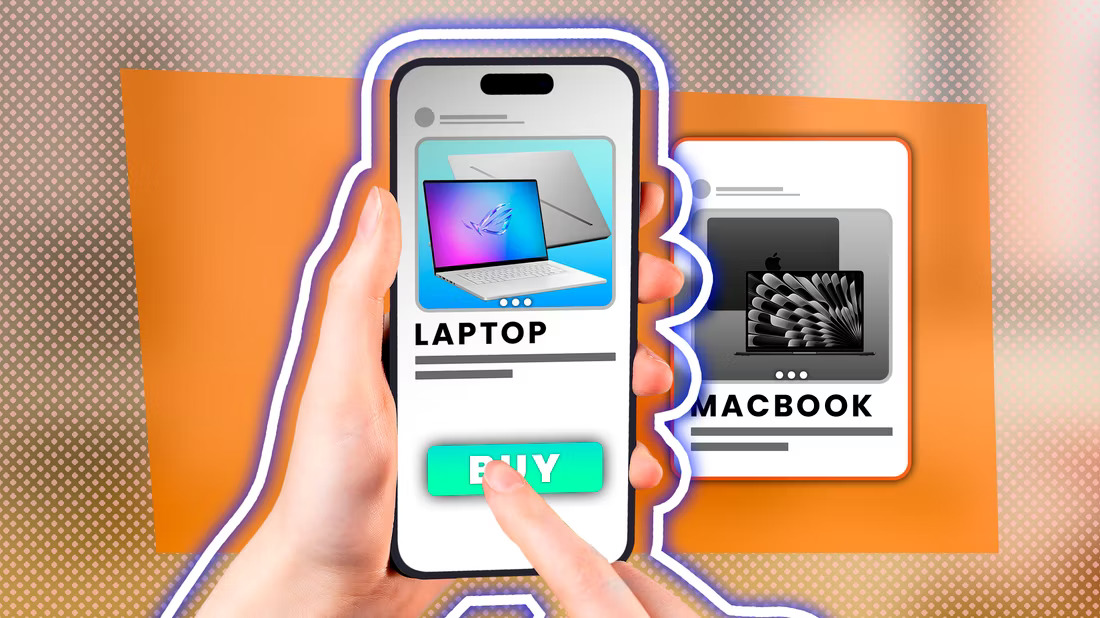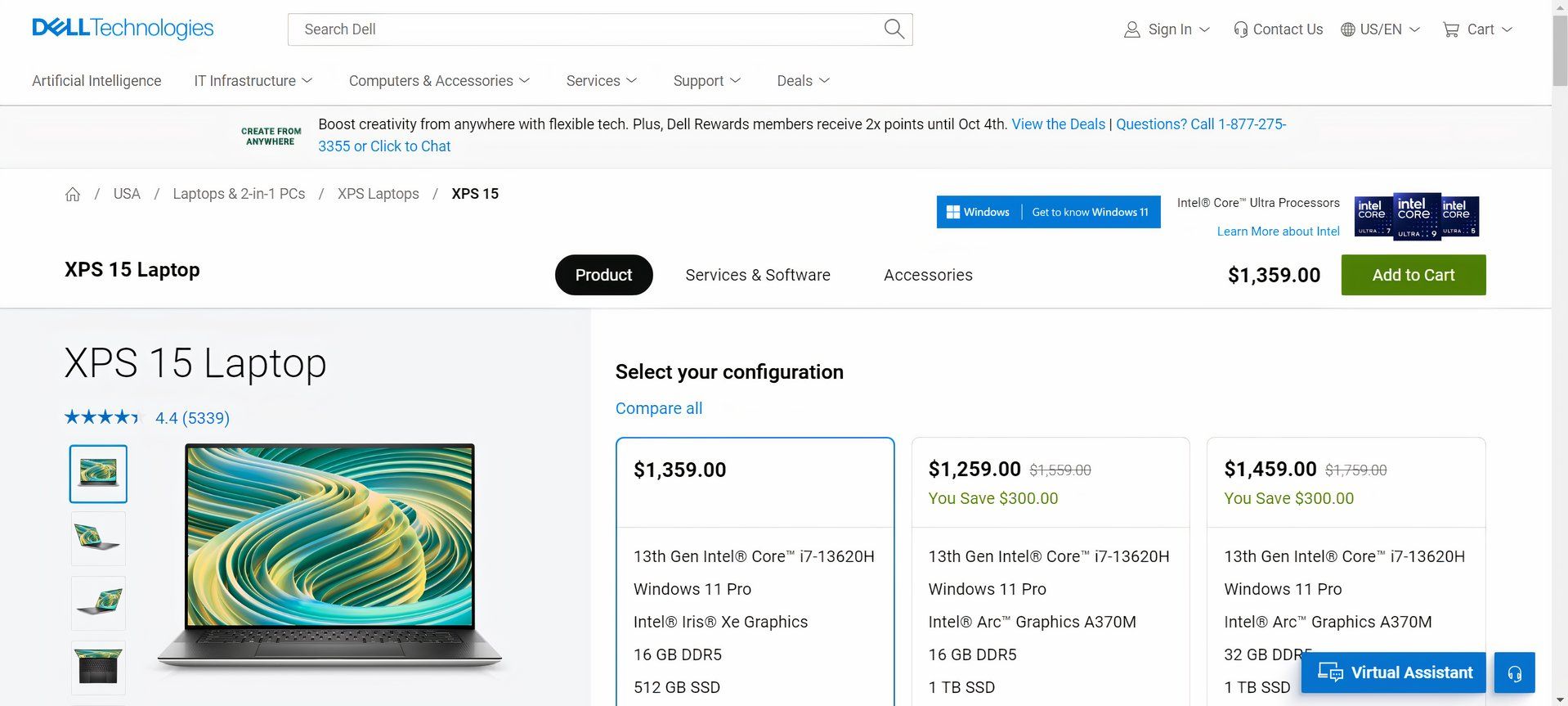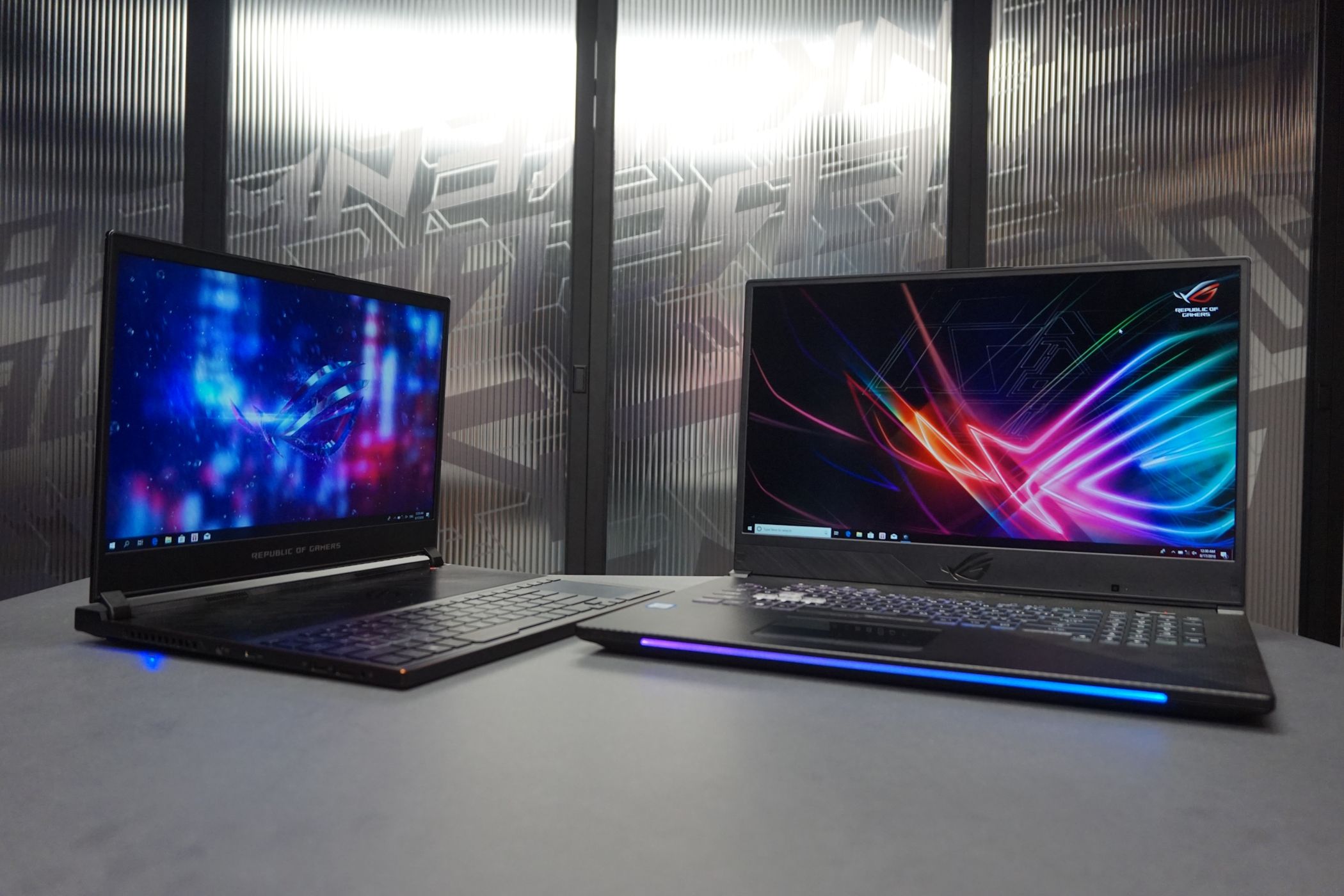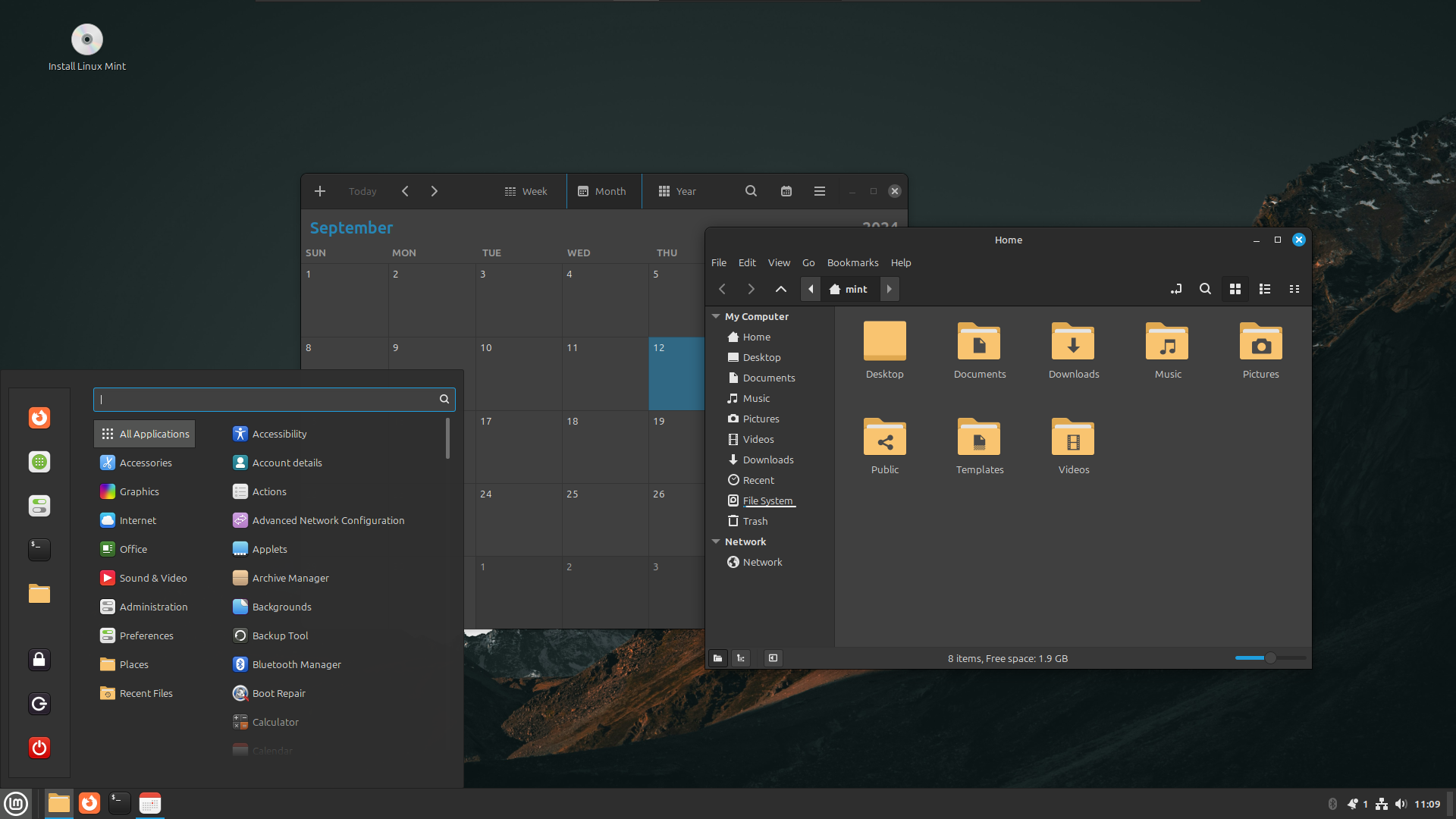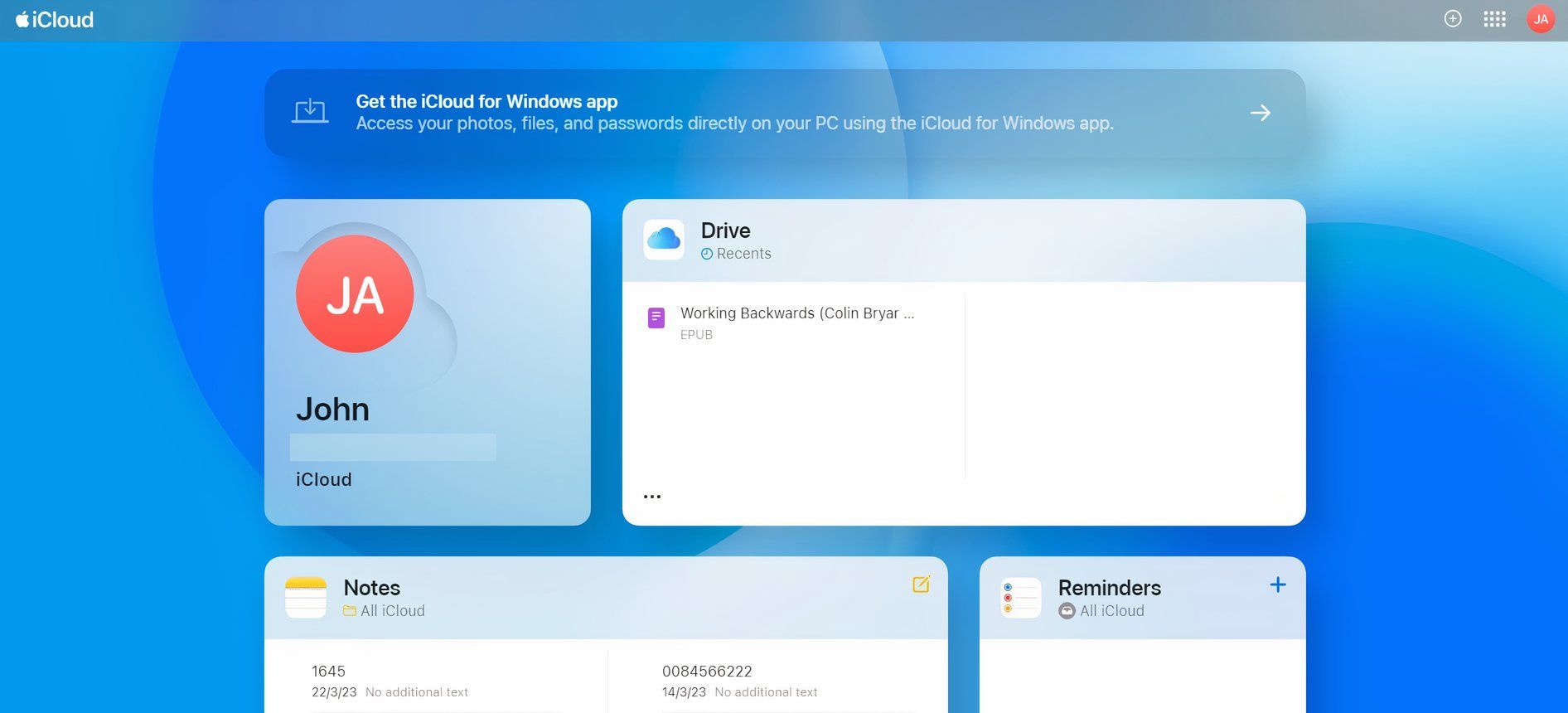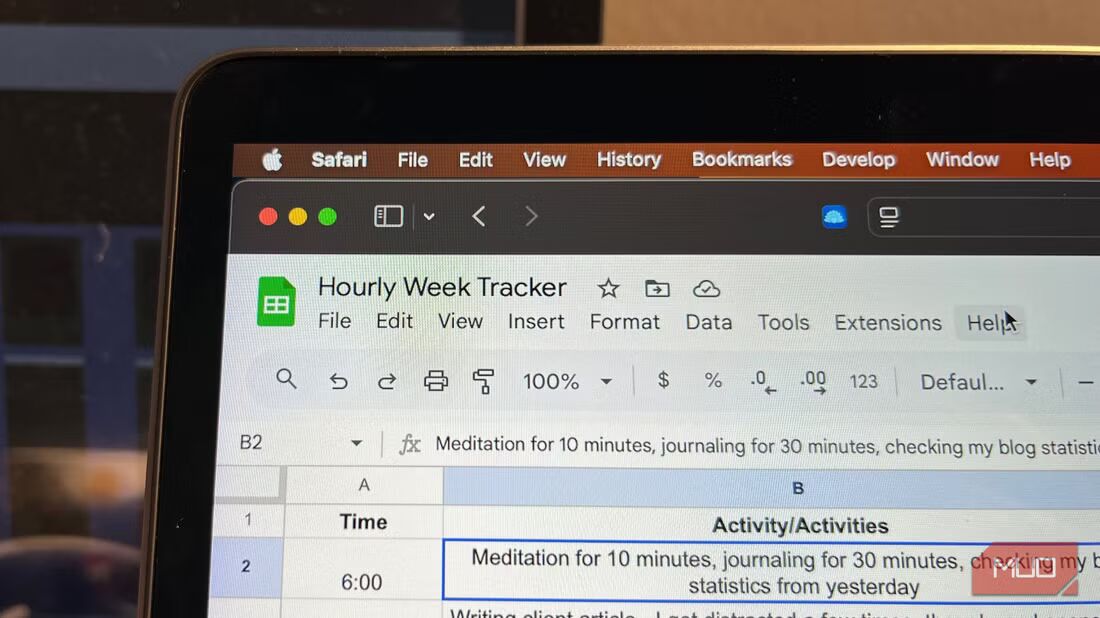You’d think someone fully integrated into the Apple ecosystem would automatically go for a MacBook when it’s time for a new laptop. But here I am, choosing an upgradeable laptop instead. Want to know why? Read on.
1Better Price-to-Performance Ratio
I’ve always admired the sleek design and quality feel of a MacBook, but let’s face it—Apple charges a premium for that elegance. For instance, the base model of the 15-inch MacBook Air M3 costs $1,299, but for that same price, I found laptops like the Dell XPS 15 or Asus ROG Zephyrus G14, offering more powerful CPUs, larger SSDs, and better graphics cards.
As much as I love the Apple brand, I realized I could get a better deal elsewhere. With an upgradeable laptop, I’m getting better overall performance without sacrificing quality.
2Upgradability
Upgradability is a priority for me. With an upgradeable laptop, I can swap hardware as needed—for instance, if I need more RAM or storage down the line. Unlike Apple silicon MacBooks, which don’t support RAM or storage upgrades after purchase, my laptop allows me to extend its life and save money by upgrading over time.
It’s true that some older MacBook models, particularly the 2012-2015 range, did offer upgradeable RAM or storage, but with Apple’s move to soldered components and custom chips, that flexibility has disappeared. The long-term investment just doesn’t feel the same with a MacBook, especially knowing I’ll eventually hit a performance ceiling I can’t surpass.
3Gaming Experience
While I’m not a hardcore gamer, I do enjoy playing games from time to time. Unfortunately, gaming on a MacBook is still not a great experience. Though Apple has made improvements with its Metal API, and more games are available for macOS, it’s no match for the flexibility of a Windows laptop with a dedicated GPU.
With a Windows laptop, I get a solid graphics card out of the box. Apple’s M-series chips are impressive, but gaming just isn’t their strong suit. The difference is clear when it comes to running AAA titles like Cyberpunk 2077 or Elden Ring.
4Software Flexibility
I’ve always appreciated macOS for its simplicity and smooth user experience, but the idea of having more software options is becoming increasingly appealing. An upgradeable laptop that runs Windows or lets me dual-boot Linux gives me access to software that’s unavailable or limited on macOS, like certain business tools and niche creative software.
For example, programs like SolidWorks or AutoCAD run more smoothly on Windows machines, and they’re essential for anyone working in design or engineering. Even though macOS has its fair share of creative tools, having the flexibility to choose between operating systems has been liberating.
5Broader Device Compatibility
One of the best parts of the Apple ecosystem is how seamlessly everything works together. Features like Handoff and Continuity make it easy to move between my iPhone and MacBook. But even after moving to a Windows laptop, I found I didn’t lose as much as I expected. Services like iCloud, Apple Music, and the Apple Devices app for Windows work just fine, so I can still sync my iPhone without issues.
That said, there’s no true replacement for AirDrop on non-Apple devices, which is one drawback. However, this minor inconvenience is outweighed by the broader compatibility my upgradeable laptop provides, from external gaming peripherals to niche hardware I couldn’t easily use with a MacBook.
While Apple’s ecosystem is hard to beat, picking an upgradeable laptop over a MacBook has given me more flexibility and value. A MacBook would have synced perfectly with my iPhone, but the lack of user-upgradeable hardware wasn’t ideal. With a Windows laptop, I can start with what I need and upgrade as I go.
